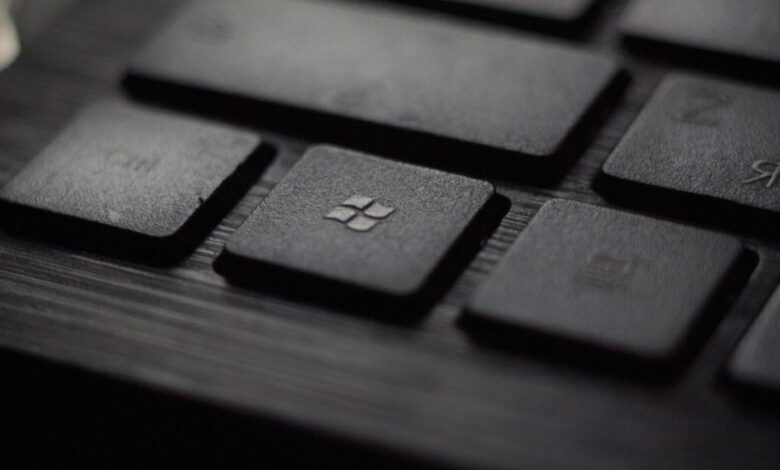Tech
How to Build a Custom PC: A Step-by-Step Guide for Beginners

Building a custom PC can seem intimidating, but it’s easier than you think. With the right tools and guidance, anyone can assemble their own computer. This guide will walk you through the process step by step. By the end, you’ll have a fully functional PC tailored to your needs.
Why Build a Custom PC?
Building your own PC has many benefits:
- Cost-Effective: You can save money by choosing only the parts you need.
- Customization: You can build a PC for gaming, work, or everyday use.
- Learning Experience: You’ll gain a deeper understanding of how computers work.
- Upgradability: Custom PCs are easier to upgrade in the future.
What You’ll Need
Before you start, gather these tools and components:
- Components:
- CPU (Processor)
- Motherboard
- RAM (Memory)
- Storage (SSD or HDD)
- GPU (Graphics Card) – Optional if the CPU has integrated graphics
- Power Supply Unit (PSU)
- Case
- Cooling System (CPU cooler and case fans)
- Operating System (Windows, Linux, etc.)
- Tools:
- Screwdriver (usually Phillips #2)
- Anti-static wrist strap (optional but recommended)
- Zip ties (for cable management)
- Thermal paste (often included with the CPU cooler)
Step 1: Choose Your Components
The first step is selecting the right parts. Here’s a quick breakdown:
- CPU (Processor): The brain of your PC. Choose based on your needs (e.g., Intel Core i5 or AMD Ryzen 5 for mid-range performance).
- Motherboard: Ensure it’s compatible with your CPU and has enough ports for your needs.
- RAM: 8GB is the minimum for most users, but 16GB is recommended for gaming or multitasking.
- Storage: An SSD is faster but more expensive. An HDD is slower but offers more storage for less money.
- GPU (Graphics Card): Essential for gaming or graphic design. If you’re not gaming, integrated graphics may suffice.
- PSU (Power Supply): Choose a PSU with enough wattage for your components.
- Case: Make sure it’s large enough to fit all your parts.
- Cooling System: Stock coolers are fine for most builds, but aftermarket coolers offer better performance.
Step 2: Prepare Your Workspace
- Find a clean, flat surface with plenty of space.
- Use an anti-static mat or wrist strap to avoid damaging components.
- Keep all screws and small parts organized in a tray.
Step 3: Install the CPU
- Open the CPU socket on the motherboard by lifting the retention arm.
- Align the CPU with the socket (look for a small triangle marker).
- Gently place the CPU into the socket. Do not force it.
- Close the retention arm to secure the CPU.
Step 4: Install the CPU Cooler
- Apply a small amount of thermal paste to the CPU (if not pre-applied on the cooler).
- Attach the cooler to the motherboard using the provided brackets or screws.
- Connect the cooler’s power cable to the CPU fan header on the motherboard.
Step 5: Install the RAM
- Locate the RAM slots on the motherboard.
- Open the clips on the sides of the slots.
- Align the notch on the RAM stick with the slot and press down firmly until the clips snap into place.
Step 6: Install the Motherboard in the Case
- Place the I/O shield (included with the motherboard) into the back of the case.
- Align the motherboard with the standoffs in the case.
- Secure the motherboard with screws.
Step 7: Install the Storage
- For an SSD or HDD, locate the drive bays in the case.
- Slide the drive into the bay and secure it with screws.
- Connect the SATA data cable to the drive and the motherboard.
- Connect the SATA power cable from the PSU to the drive.
Step 8: Install the GPU
- Locate the PCIe slot on the motherboard.
- Remove the corresponding backplate on the case.
- Align the GPU with the slot and press down firmly until it clicks.
- Secure the GPU with screws to the case.
Step 9: Install the Power Supply
- Place the PSU in its designated area in the case.
- Secure it with screws.
- Connect the necessary cables:
- 24-pin ATX cable to the motherboard.
- 8-pin CPU power cable to the motherboard.
- PCIe power cables to the GPU (if needed).
- SATA power cables to the storage drives.
Step 10: Cable Management
- Route cables neatly to improve airflow and aesthetics.
- Use zip ties to bundle cables together.
- Tuck excess cables into unused drive bays or behind the motherboard tray.
Step 11: Connect Peripherals
- Connect your monitor, keyboard, mouse, and other peripherals.
- Plug the power cable into the PSU and turn on the PC.
Step 12: Install the Operating System
- Insert a USB drive with the OS installer (or use a DVD if your case has a drive).
- Boot the PC and follow the on-screen instructions to install the OS.
- Install drivers for your components (usually available on the manufacturer’s website).
Step 13: Test Your PC
- Check that all components are recognized in the BIOS/UEFI.
- Run a stress test to ensure everything is working properly.
- Monitor temperatures to ensure your cooling system is effective.
Tips for Success
- Double-Check Compatibility: Use tools like PCPartPicker to ensure all parts work together.
- Take Your Time: Rushing can lead to mistakes.
- Ask for Help: If you’re stuck, consult online forums or videos.
- Keep Your Workspace Organized: This makes the process smoother.
Conclusion
Building a custom PC is a rewarding experience. You’ll save money, learn new skills, and end up with a machine that’s perfect for your needs. Follow this guide, take your time, and enjoy the process. Happy building!




